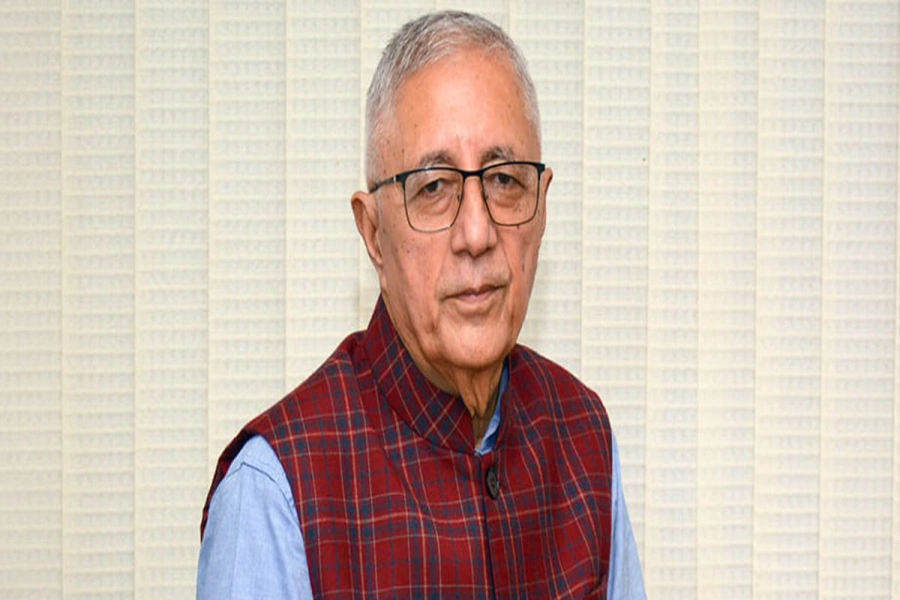Policymakers and business leaders will pay attention to how their generic drug producers score, so that they can make improvements.
LONDON – This week, at the World Economic Forum’s annual meeting in Davos, the Access to Medicine Foundation (AMF) is launching an antimicrobial resistance (AMR) benchmark to “track how pharmaceutical companies are responding to the increase in drug-resistance.” The benchmark builds on recommendations made in the May 2016 final report of the British government’s Review on Antimicrobial Resistance, which I chaired, and on the important work being done by Chatham House, Drive-AB, the Global Union for Antibiotic Research and Development, the Pew Trusts, and the World Health Organization.
For the past ten years, the AMF, which is independent of the pharmaceutical industry, has published a highly regarded Access to Medicine Index, making it uniquely suited to quantify how various companies measure up in the fight against AMR.
In my view, the new benchmark will have many benefits, not least for equity analysts who might consider adjusting their stock recommendations on the basis of the AMF’s findings. During our Review, I learned that many in the investment community were not interested in pharmaceutical companies’ behavior on this issue because there were no readily available data by which to make comparisons. Well, now there are.
As I have written previously, the Review issued Ten Commandments for confronting the AMR threat. While the AMF’s benchmark isn’t designed to address all ten, it does touch on the areas that are most relevant to the health-care industry.
New GARP policy brief emphasizes vaccine use to fight antimicro...

Two areas that would benefit from their own quantifiable benchmarks are diagnostics, to prevent antibiotics from being prescribed unnecessarily, and agriculture, where antibiotics are used excessively to promote livestock growth. Ultimately, microbes will build a resistance to any new drugs that we create, so we also need to seek ways to reduce overall demand for antibiotics.
For its part, the AFM will calculate its benchmark separately for the eight major pharmaceutical companies that currently appear to be working on replacement drugs, generic producers, and firms focused solely on research and development. The fact that only eight “Big Pharma” firms are even attempting to develop new antibiotics and vaccines is a cause for serious concern. As the Review concluded, failure to create effective new drugs could result in ten million people dying from AMR-related diseases every year by 2050, at a cost of some $100 trillion.
One of the more radical ideas we discussed during the Review concerned financial “pull” incentives to reward firms that successfully develop new drugs. We determined that an effective market-entry reward could be funded by small levies on the sales of the other top-50 pharmaceutical firms that are not carrying their weight.
The new benchmark’s overall score for a firm can be broken down into three separate categories: its commitment to research and development for new drugs; its manufacturing, production, and environmental standards; and its marketing and distribution practices, which should focus on ensuring access rather than excess.
Of the eight Big Pharma firms that are included, the British company GlaxoSmithKline currently scores the highest. For those of us who conducted the Review, this is no surprise. Frankly, we would not classify all eight firms as being truly committed to the cause, but at least with the benchmark, they can now see clearly how they can improve.
Moreover, one hopes the benchmark will prod into action all of the firms that have not even bothered to join the fight against AMR. It is worth remembering that at the World Economic Forum’s annual meeting in January 2016, more than 80 companies signed a declaration promising to work toward solutions. And yet more than 70 of those firms do not appear on the AMF’s new index. Talk is cheap; these companies need to put their money where their mouth is.
As for generic producers, the AMF’s scoring of pollution could prove most important, given that many of these companies operate in developing countries where environmental degradation is a major concern. Policymakers and business leaders in these countries will want to pay attention to how their generic drug producers score, so that they can make improvements.
The benchmark’s third category concerns biotech firms, which conduct research into drugs that can combat the “priority pathogens” identified by the WHO. This category will be particularly helpful for financial analysts, or even for venture capitalists, given that specific advances could earn a future market-entry reward or have vast commercial potential. And, of course, the new scoring will also be important to the companies themselves, and for policymakers who are trying to strike a balance between “pull” incentives and current priority-drug needs.
It would be great to see similar benchmarks for the major food producers and makers of diagnostics. Indeed, I have long believed that diagnostics could be the single biggest game changer in the fight against AMR. But for now, let us hope the pharmaceutical benchmark gets the attention it deserves.
Jim O’Neill, a former chairman of Goldman Sachs Asset Management and a former UK Treasury Minister, is Honorary Professor of Economics at Manchester University and former Chairman of the British government’s Review on Antimicrobial Resistance
© 2018, Project Syndicate
www.project-syndicate.org







































